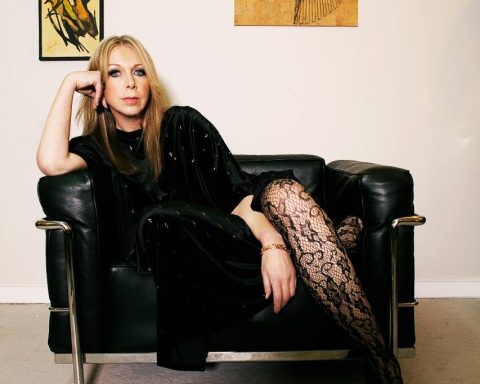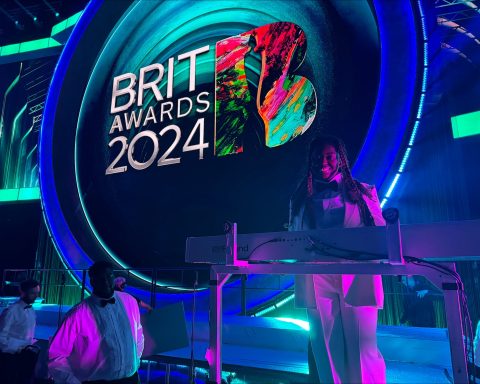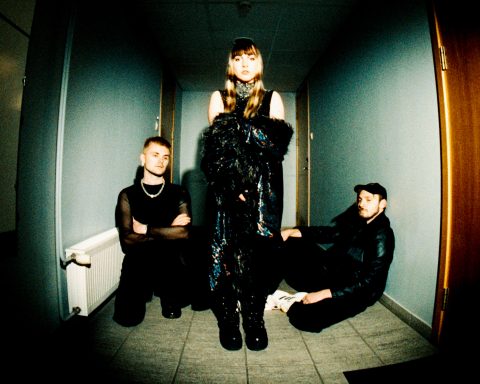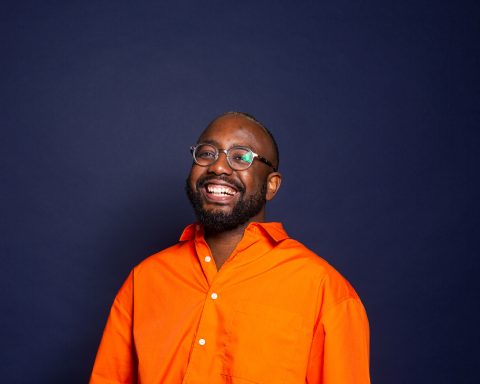Ed Handley and Andy Turner of Plaid first emerged as two-thirds of the British collective Black Dog Productions. The trio produced influential albums until 1995, when Handley and Turner split off to focus on Plaid, which had co-existed as a side project. Since then, Plaid has stretched the boundaries of heady electronica. Its sound brims with asymmetrical meters and the eclecticism of lifelong crate diggers. Plaid avoids categorization while leaving critics clawing at terms like IDM and post-techno. They shed light on their rural youth, work process, and how an intergalactic voyage informs the latest Plaid release, Feorm Falorx.
It Takes a Village
You both grew up in a tiny village, correct?
Andy Turner: We met in a small rural town called Stowmarket, which is in East Anglia in the UK. Ed came from Cambridge, and I grew up in Windsor. We happened to meet there when we were in middle school. There were so few people into hip-hop in the early ’80s that it was easy to spot the other people who were into breaking and stuff like that. It blew our minds when we were young teens.
Ed Handley: We were near a US airbase, so we’d see people walking around in American b-boy gear, and we’d go down to London for a culture fix. There was a club called Spats and places you could go to buy and sell records.
AT: There was a culture of exchanging cassette tape mixes back then. That early exposure got us into late-’60s and ’70s funk because we were crate digging, looking for breaks. And so that kind of expanded our musical repertoire backward at an early stage.
Breaking Away
Black Dog Productions had many side projects. Was there a moment when it was apparent that Plaid was its own thing?
AT: We were more prolific back then, I suppose. I think it was because we were living in the same place and were writing music together. It wasn’t a desire to break away from what Ken was bringing to the party.
EH: Musically, there were different influences in that we were coming from this b-boy electro-funk soul scene, and Ken was a bit more of the British electronic new wave occult thing. The two things together were good because they made for an unusual marriage at the time.
"There was a culture of exchanging cassette tape mixes back then. That early exposure got us into late-'60s and '70s funk because we were crate digging, looking for breaks."
The Power of Partnerships
Are in-person sessions part of the Plaid process, or is it mainly file sharing?
AT: It’s mainly file sharing, but we get together and put in some time when the ideas are well formed already. Then it’s a matter of production and adding little things.
Plaid does albums, film scores, and TV. Does the workflow differ from medium to medium?
EH: With video, so much of the work gets done for you. You’re not trying to create the entire world with the sound because the meaning is already there. It’s often trying to do something opposite or complementary. Pulling back and using restraint.
You are celebrating 30 years of releasing records with Warp. How would you characterize your relationship with the label?
AT: We were lucky to be signed up by one of the label’s founders in the early days. Even though Warp only had half a dozen releases at the time, it had a strong brand. The purple labels—you knew it was going to be quality. They had much more reach than we had taking boxes of records around to shops. We’re not the greatest businesspeople, and we realized that early on. We trust them, and they’re not intrusive in terms of A&R, so we’re free to do what we want.
"We were lucky to be signed by one of the Warp founders. Even though they only had half a dozen releases at the time, it had a strong brand. The purple labels—you knew it was going to be quality."
Fantastic Voyage
This album and its companion graphic novel include Plaid performing at the Feorm festival on the planet Falorx, correct?
AT: It coincided with a period when we’d all been locked down and needed to escape. We feel lucky that we got invited to the Feorm festival on Falorx. How many musicians get to travel intergalactically these days? There were a few back in the ’70s, but it’s been rare recently.
And the graphic novel looks incredible. It’s quite a good recreation of the things we saw when we traveled. We can’t wait for people to get their hands on it. We’ve got a busy year ahead, and we hope to bring Falorxian vibes to the festivals. We have Emma Catnip coming on tour, who’s been using some state-of-the-art AI tools to help us recreate the experience live.
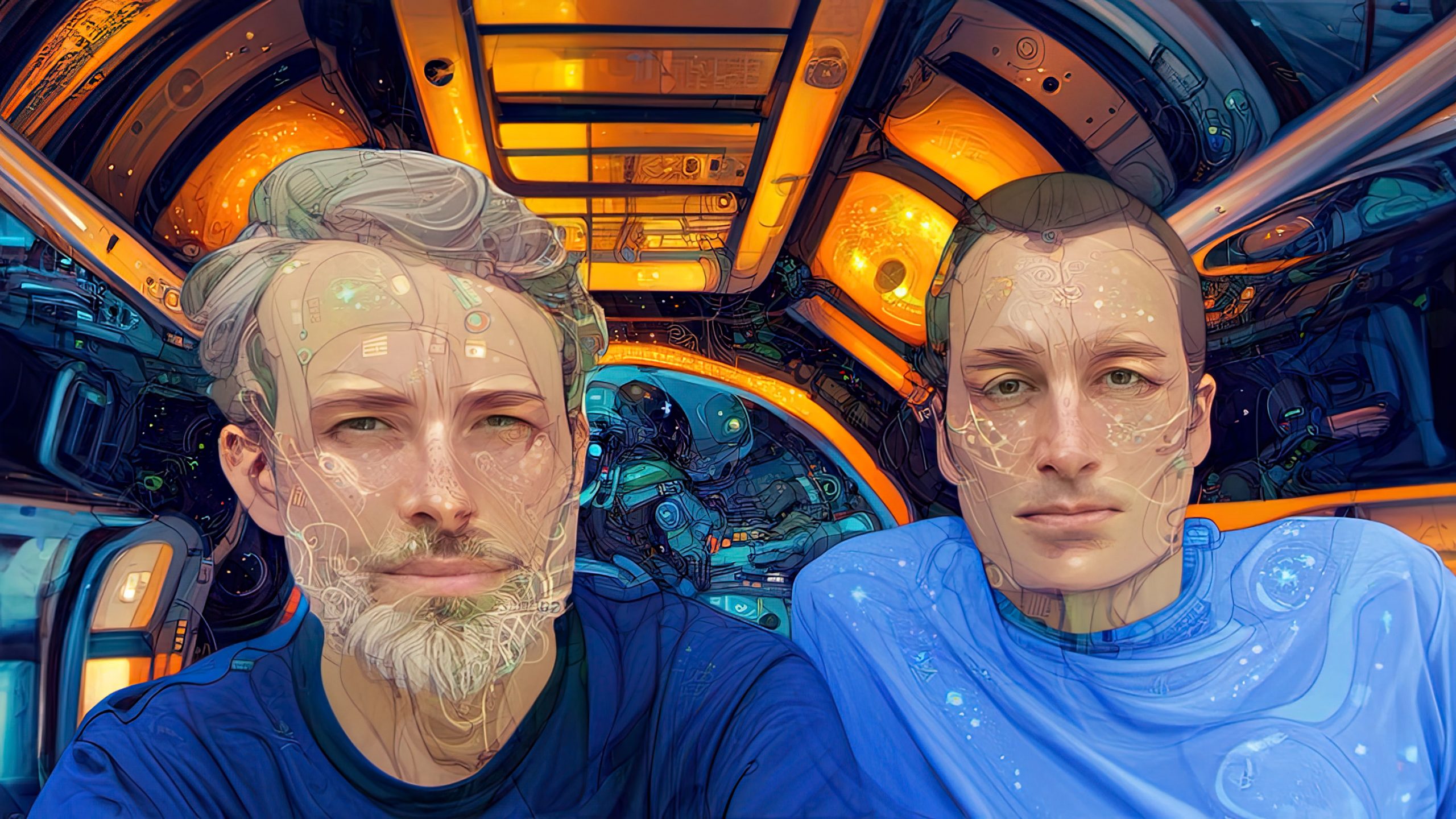
Digging the Greats and the Crates
What Roland instruments are on the new album?
EH: We’ve owned and used many Roland hardware synths and are lovers of Roland gear. We’ve had an MKS-80 and a couple of 303s. In the ’90s, we had a JD-800 with all the faders. It’s all over Spanners. We used the TR-808 and TR-909 plug-ins from Roland Cloud on Feorm Falorx.
Where did you discover your love of odd meter rhythms?
EH: The crate digging. We would listen and come across Weather Report.
AT: Return to Forever.
EH: Herbie Hancock as well. A lot of it comes from having minimal musical training. I think it was realizing there was something other than 4/4 for and going, “Let’s try it!”
"A lot of it comes from having minimal musical training. I think it was realizing there was something other than 4/4 for and going, 'Let's
try it!'"
Ruthless Fusion
After so many years working together, how do you keep your collaborative energy so positive?
AT: We’re extremely good friends. We’ve known each other since school, but we don’t tend to do a lot of socializing together. Our relationship is very much work-focused. Perhaps that’s an advantage. I’m not sure.
EH: Realizing our own ideas are not necessarily the best and accepting that this fusion of things is often better than your own. We write apart a lot, but it all comes together through albums and releases. We have better results when we work together and love it. It’s fairly ruthless.


